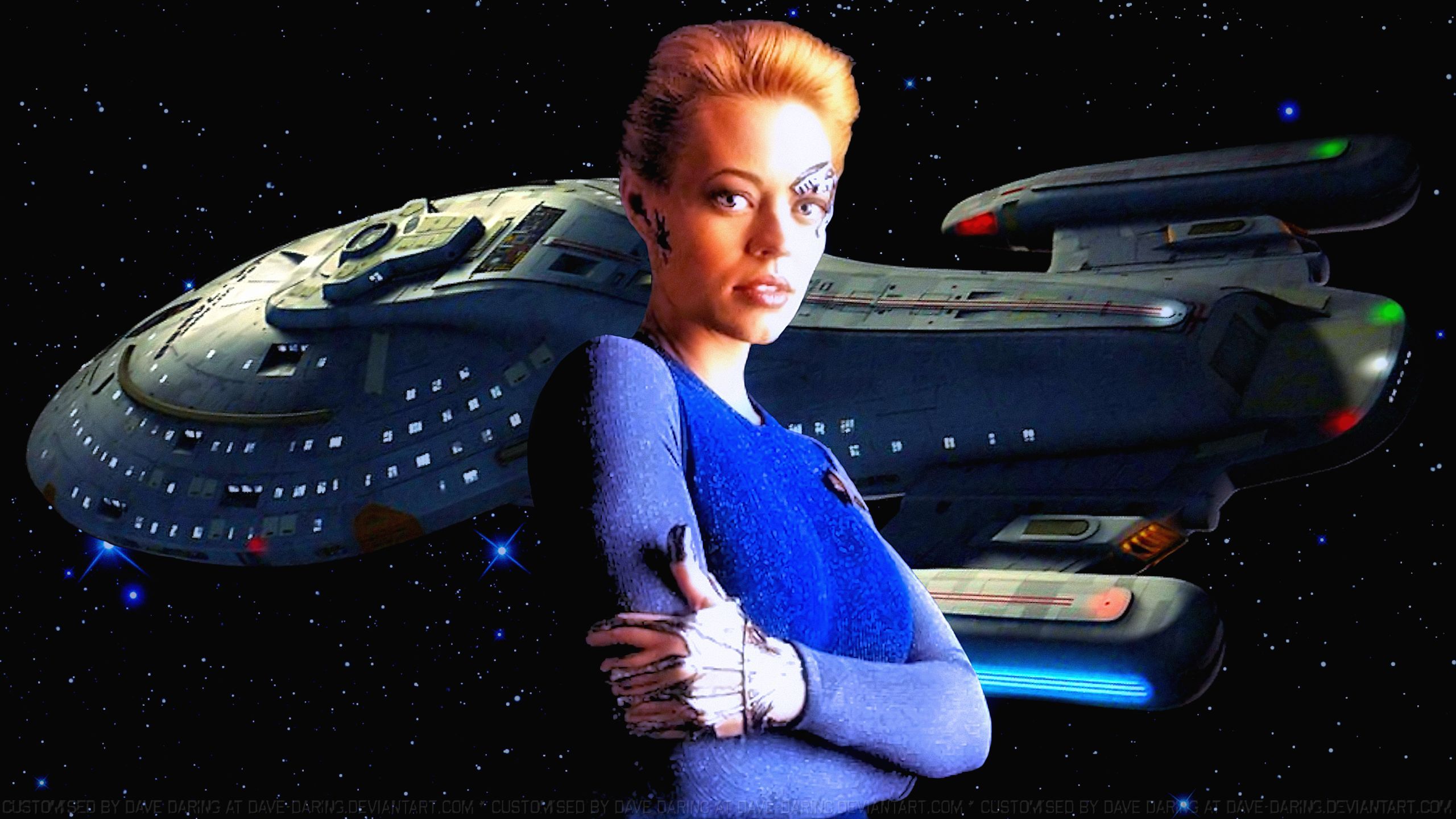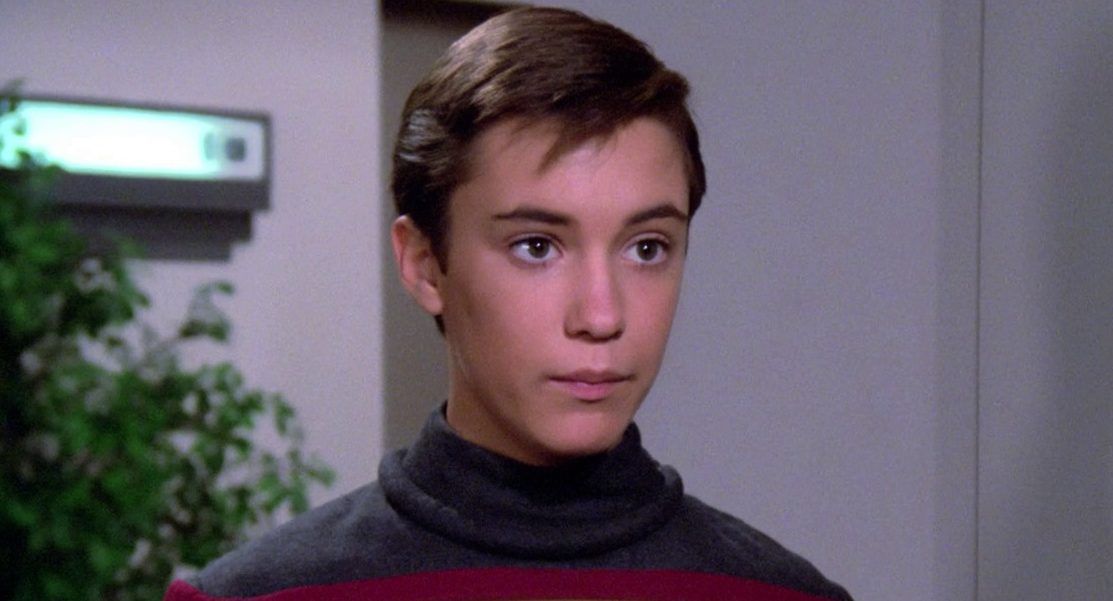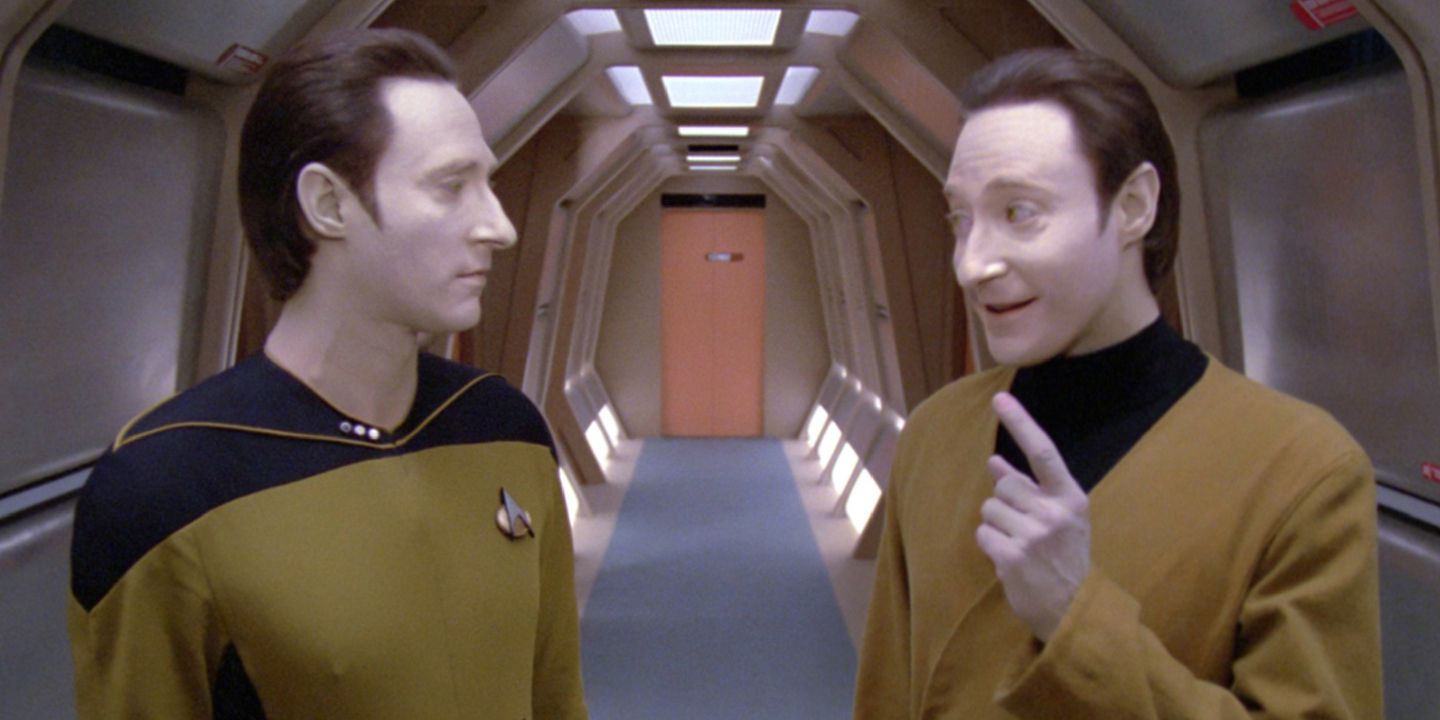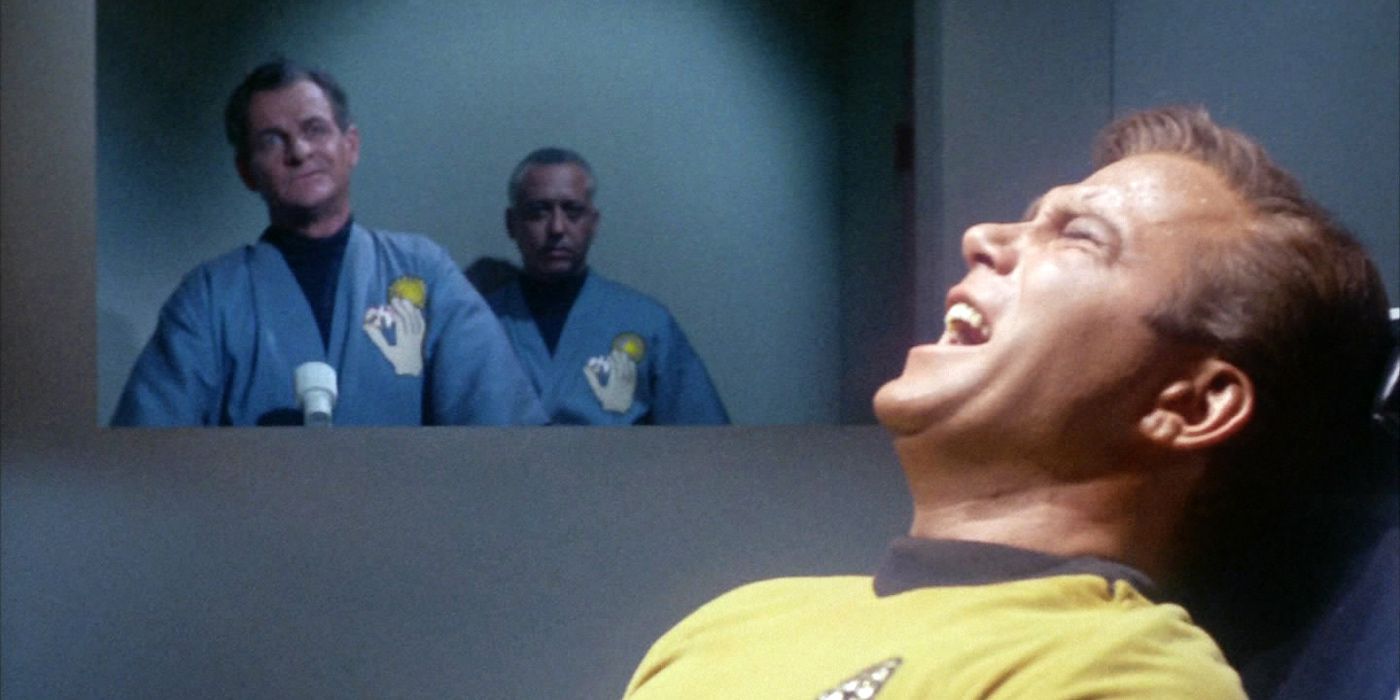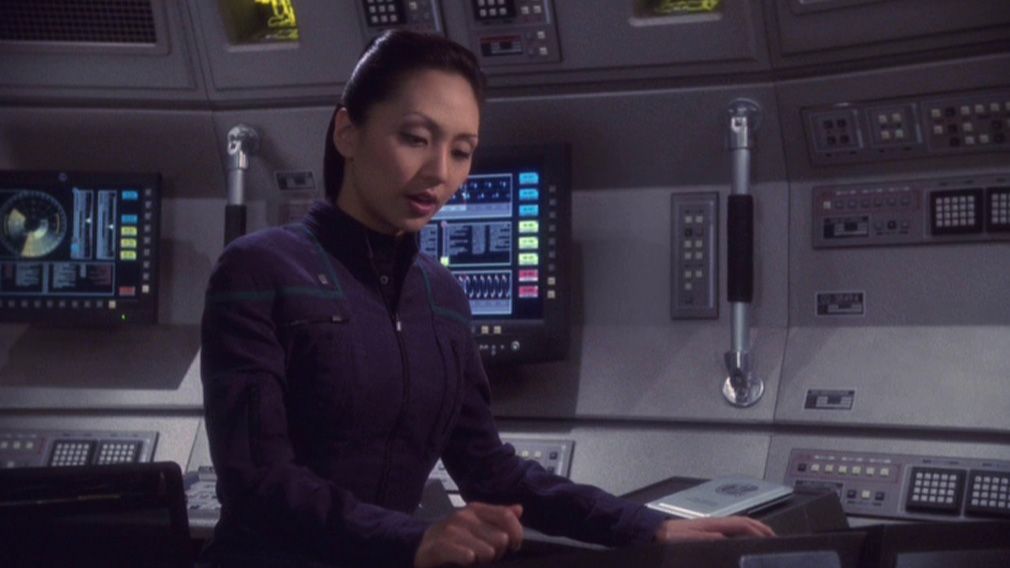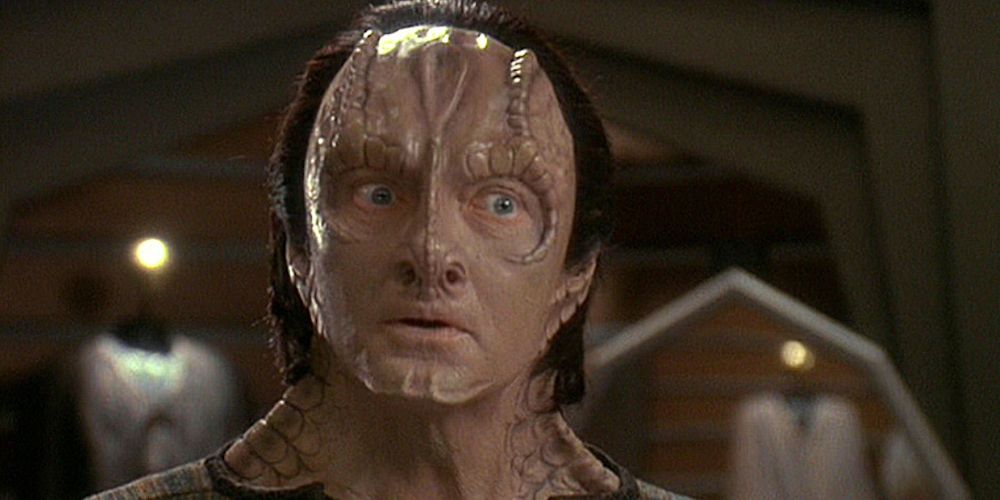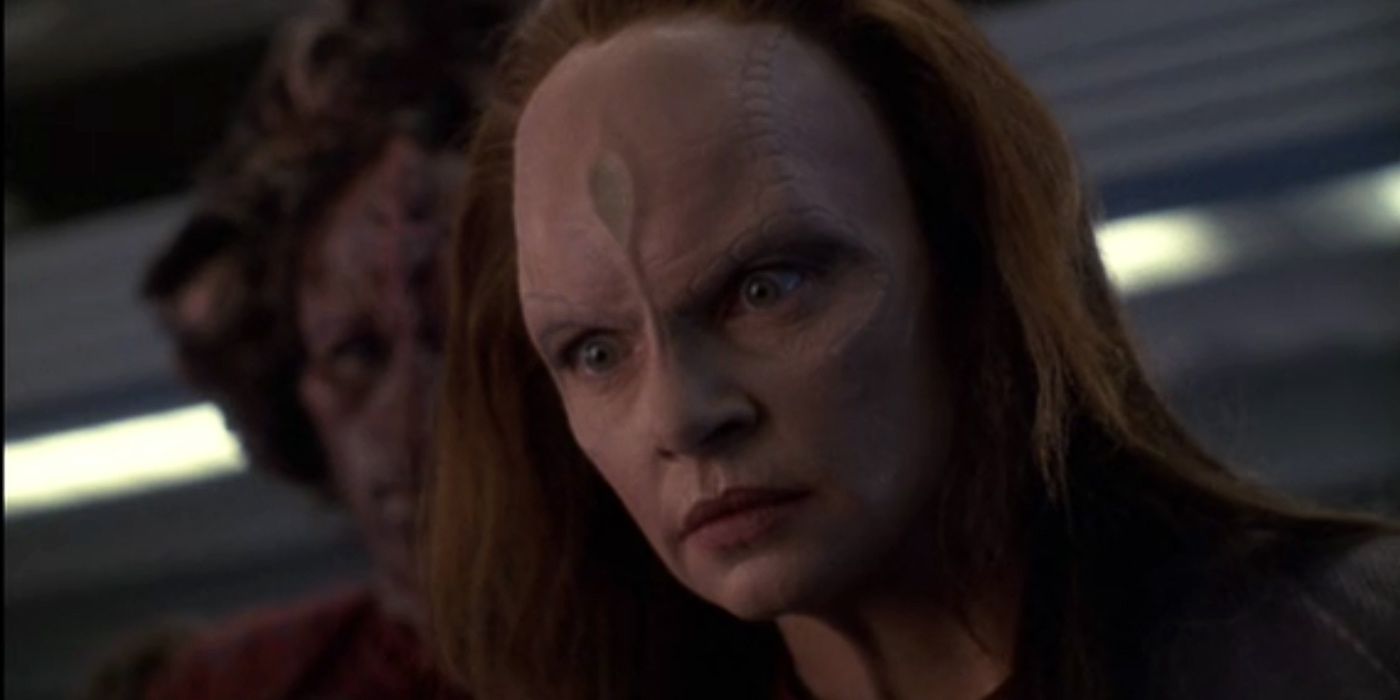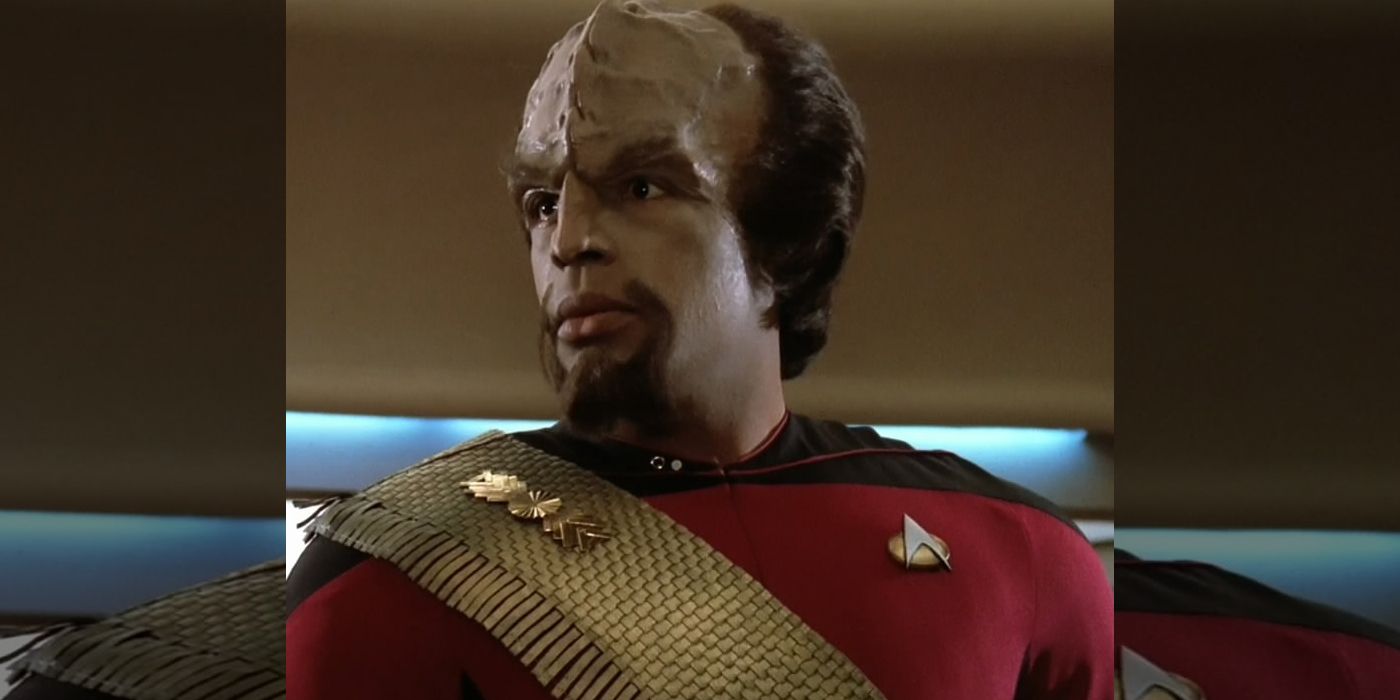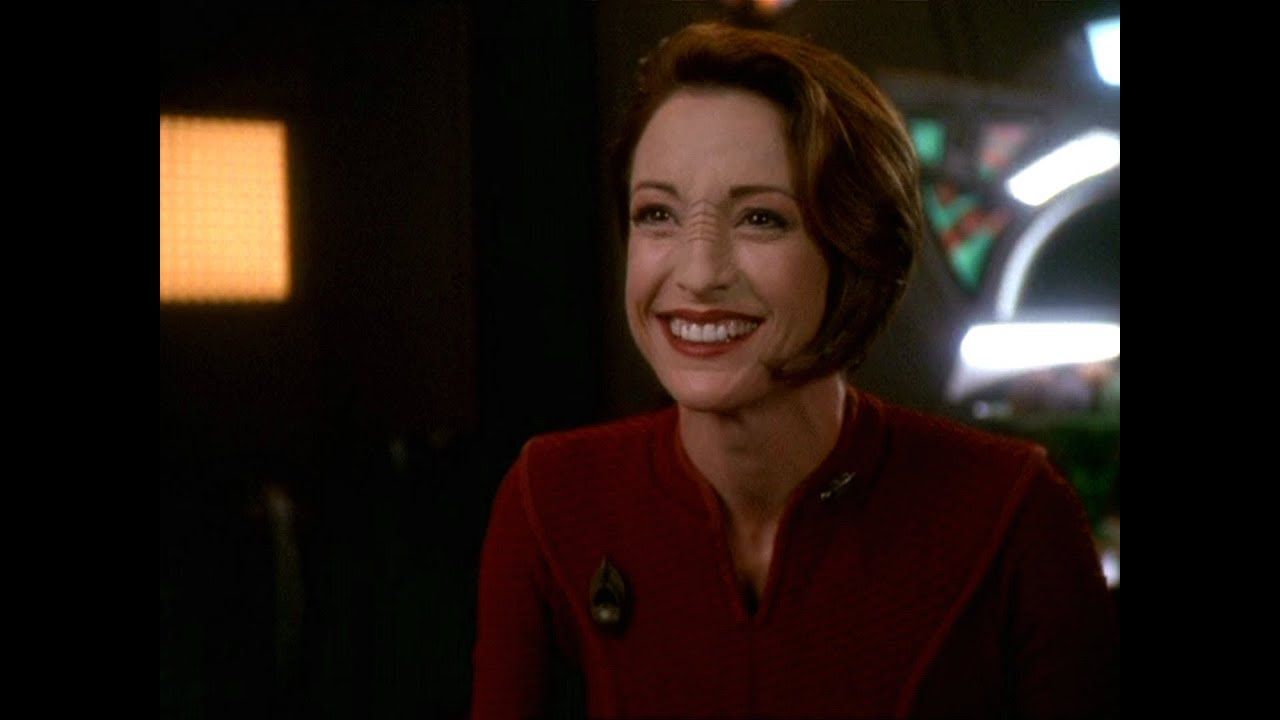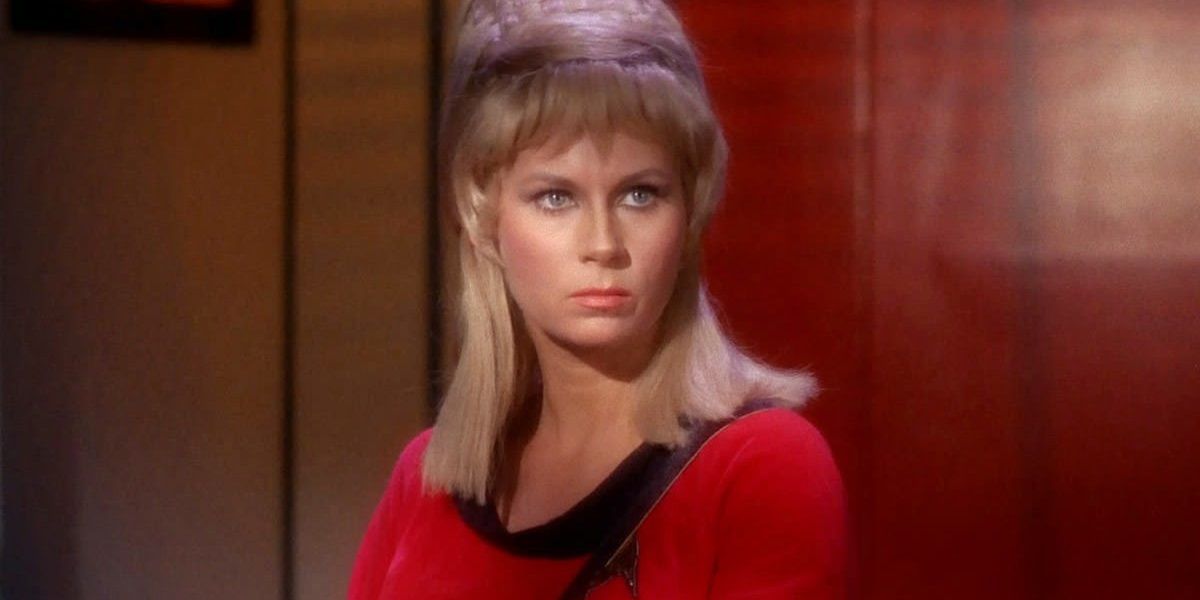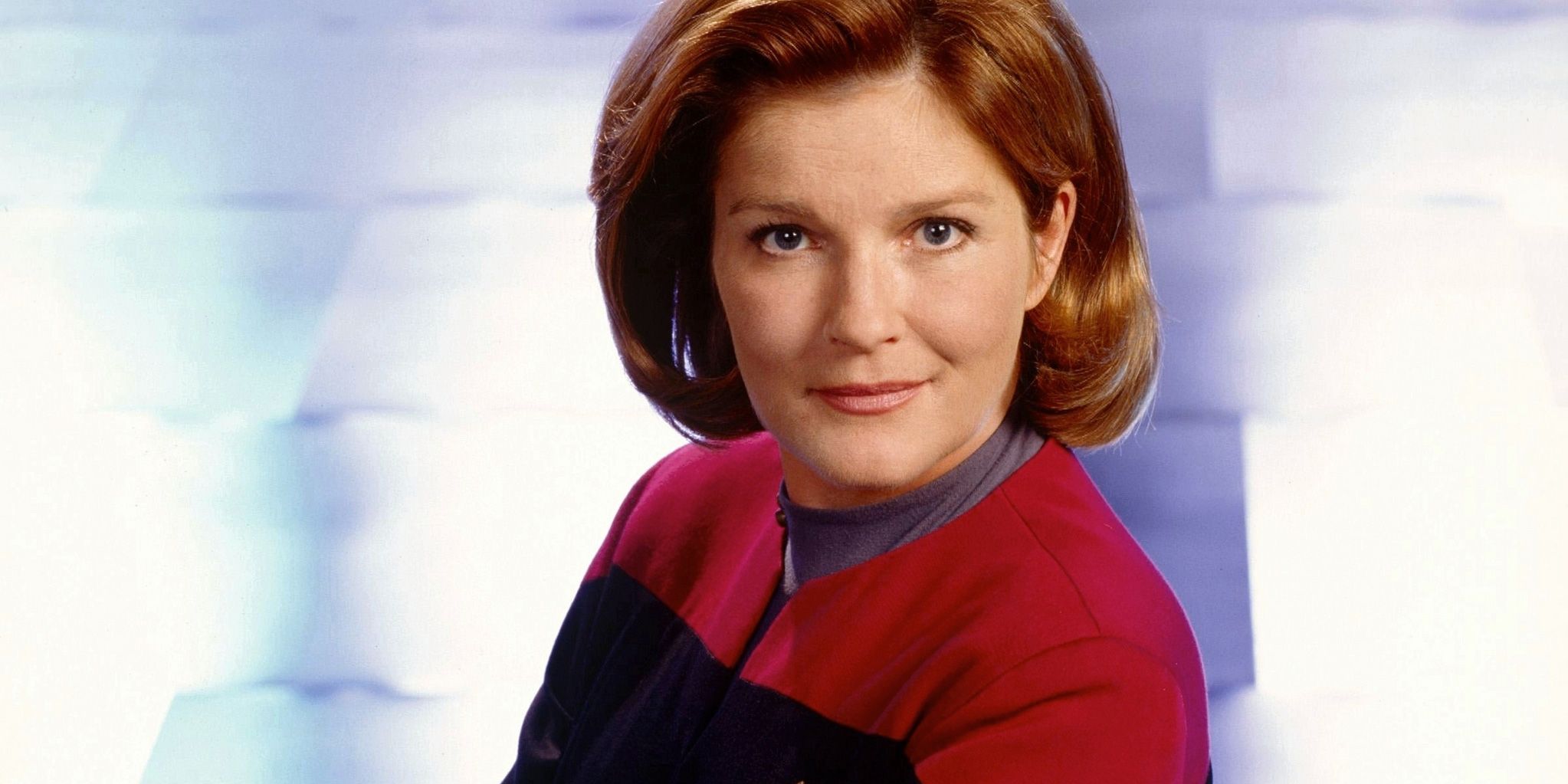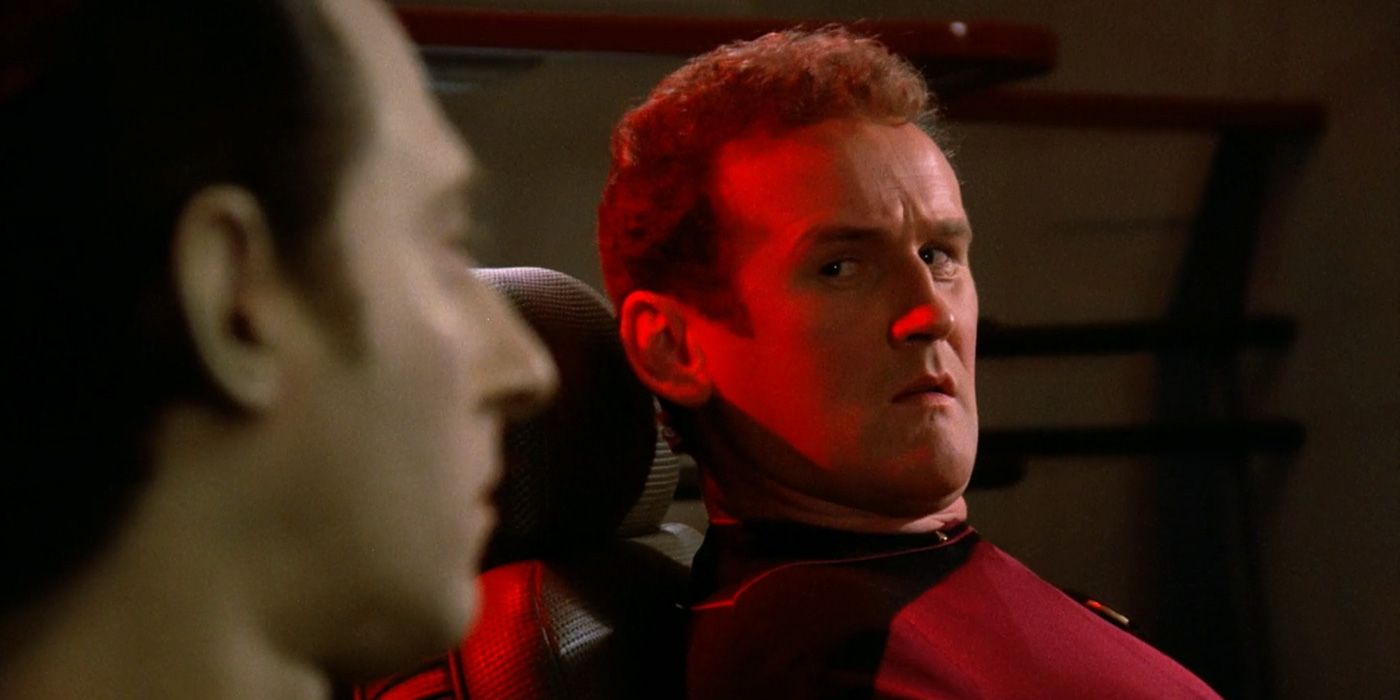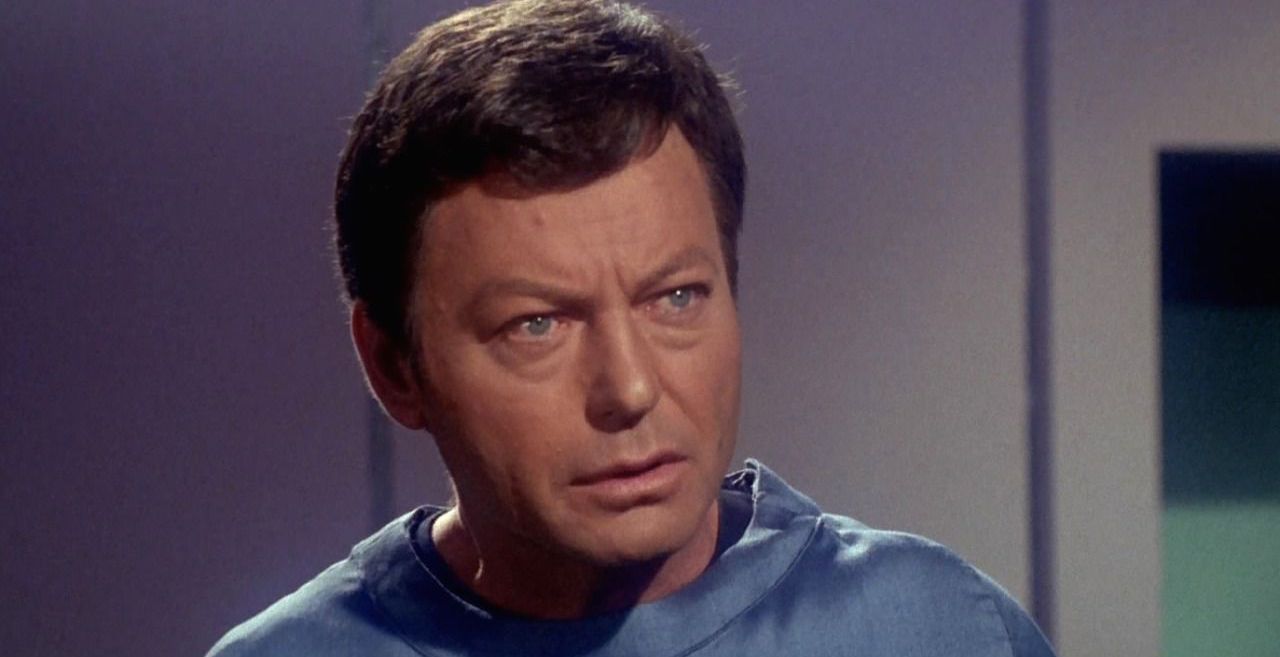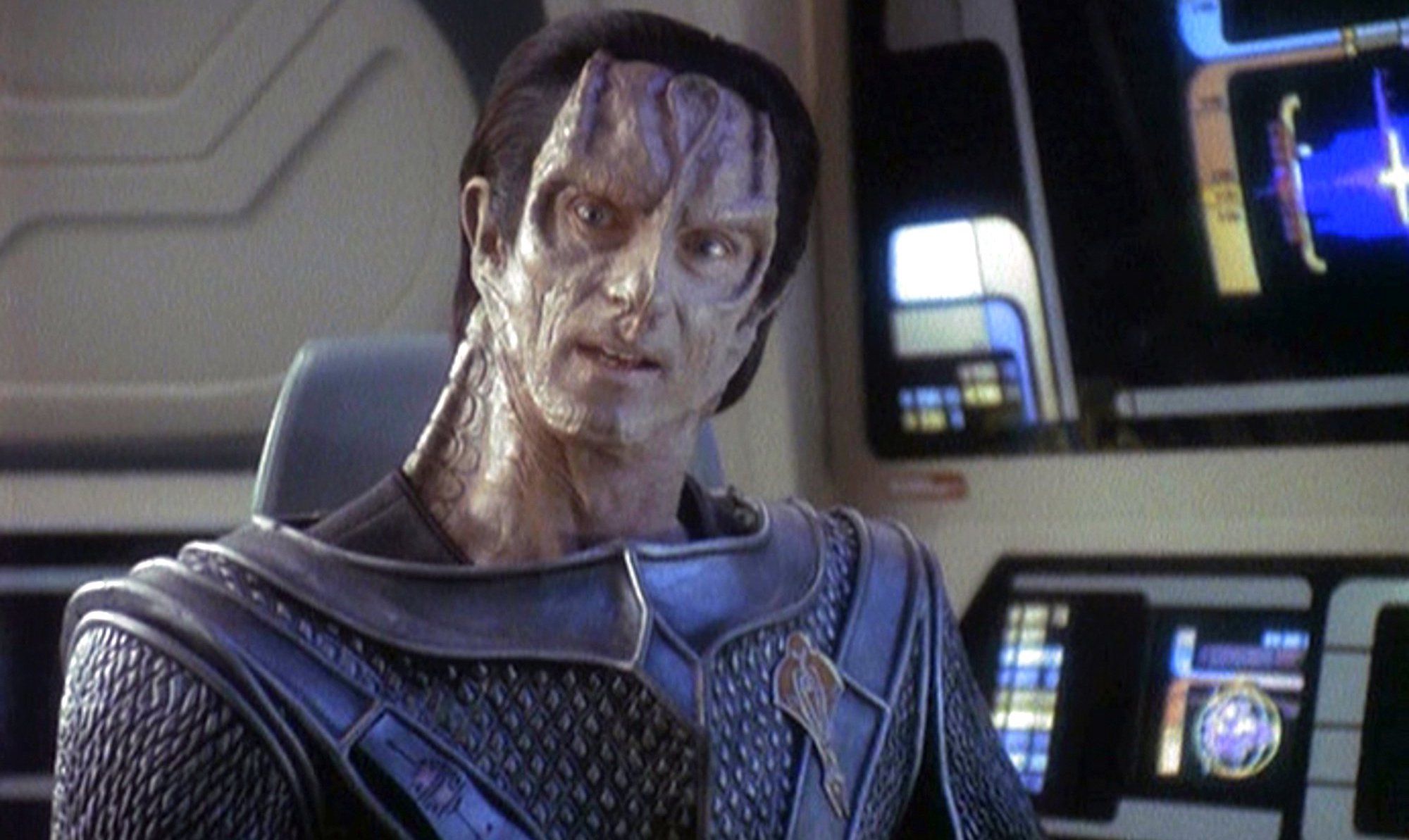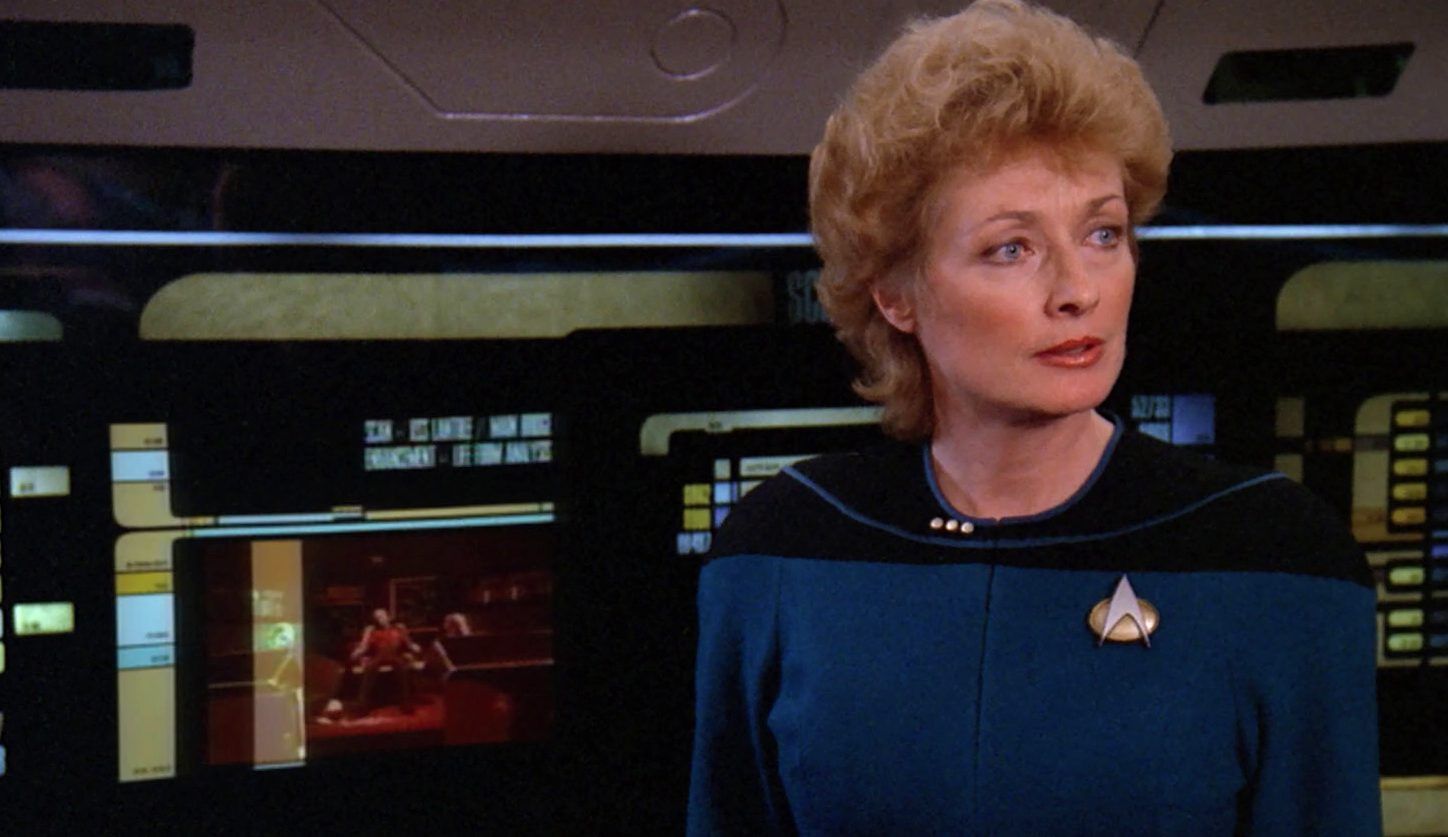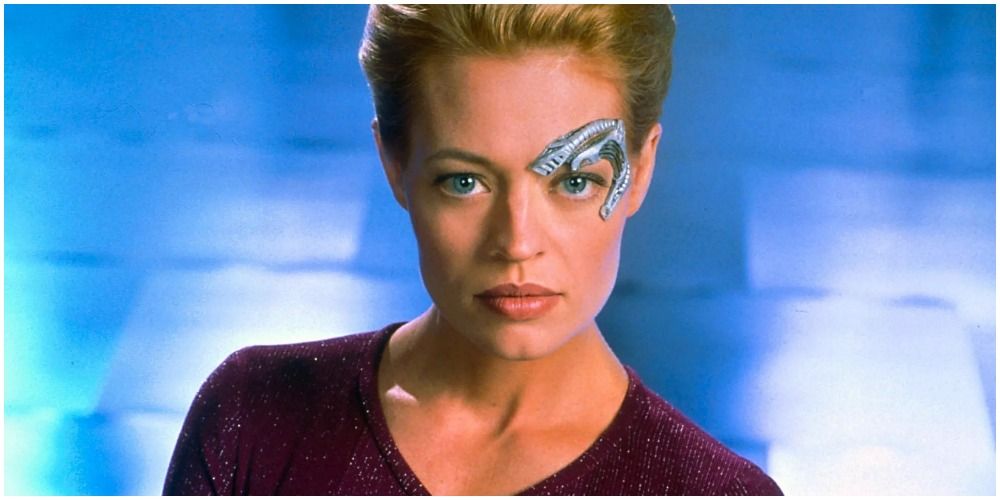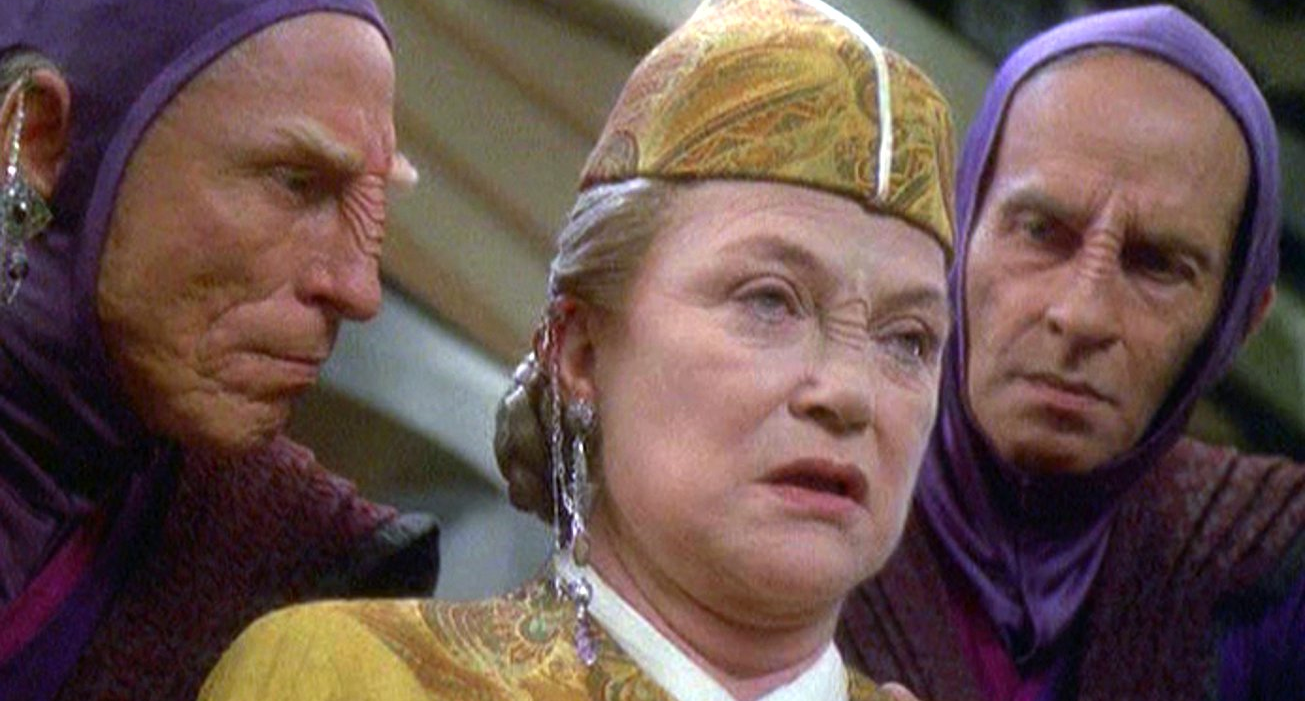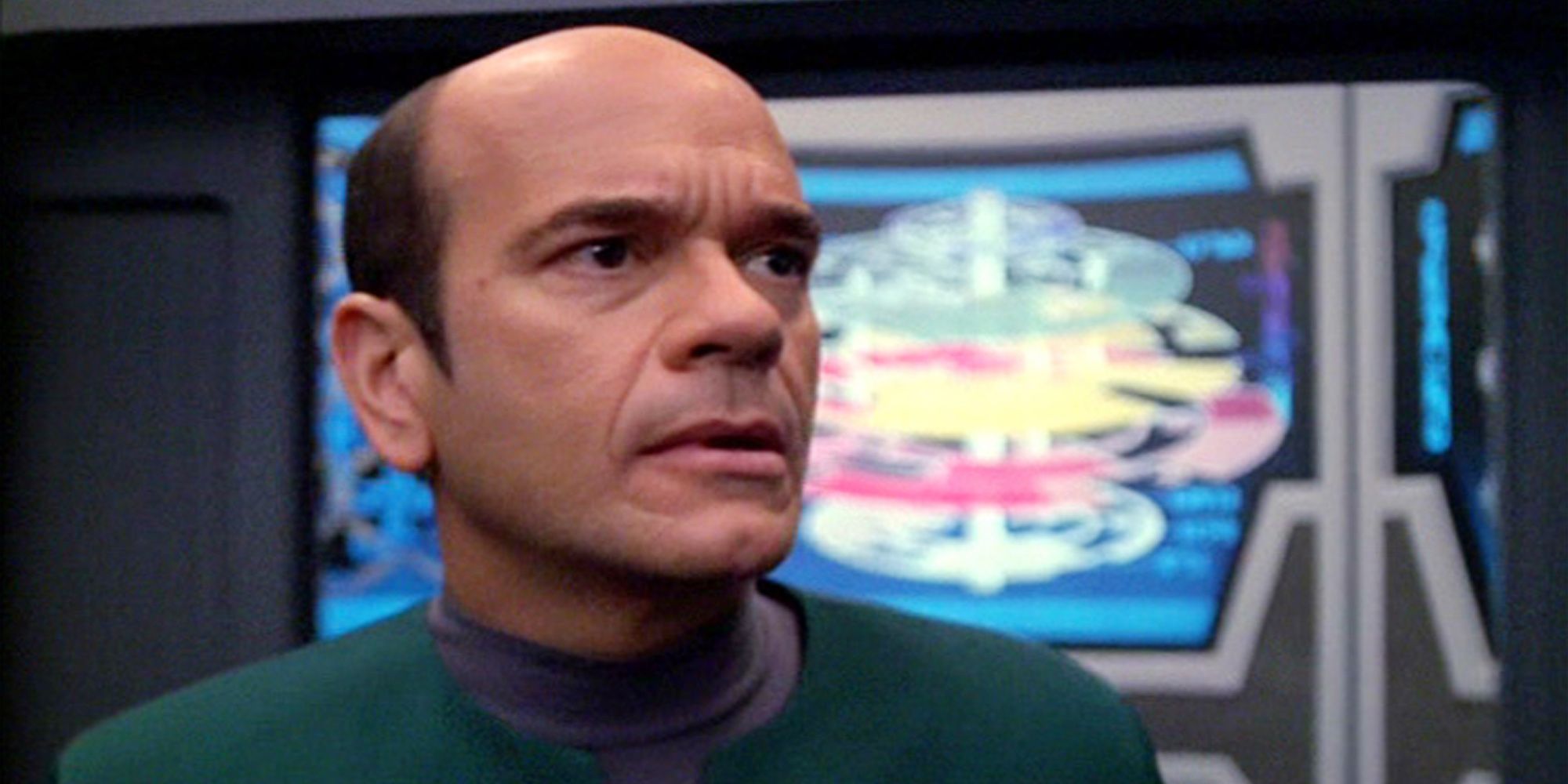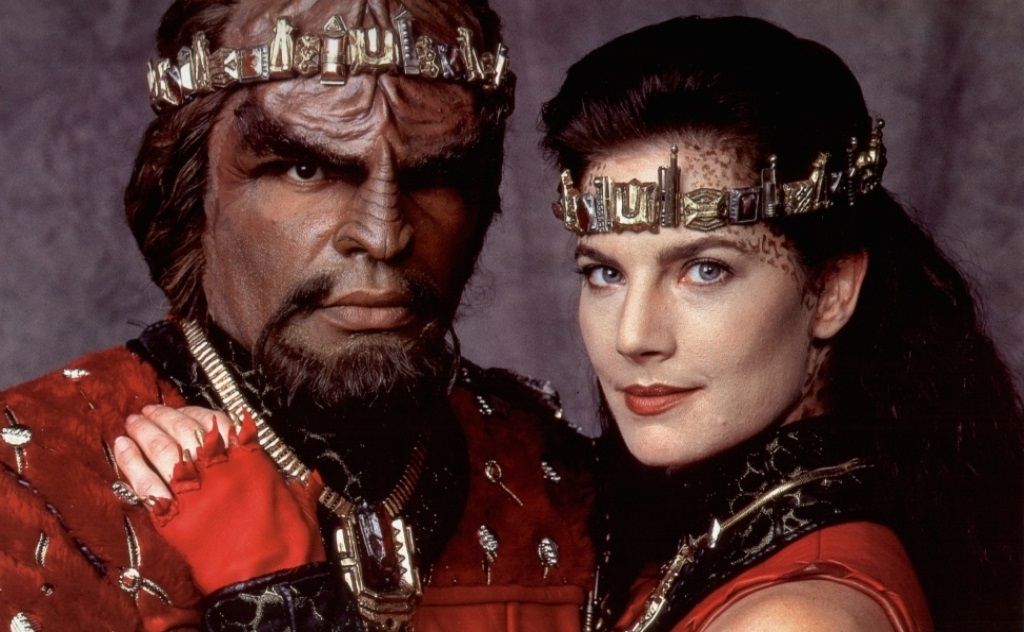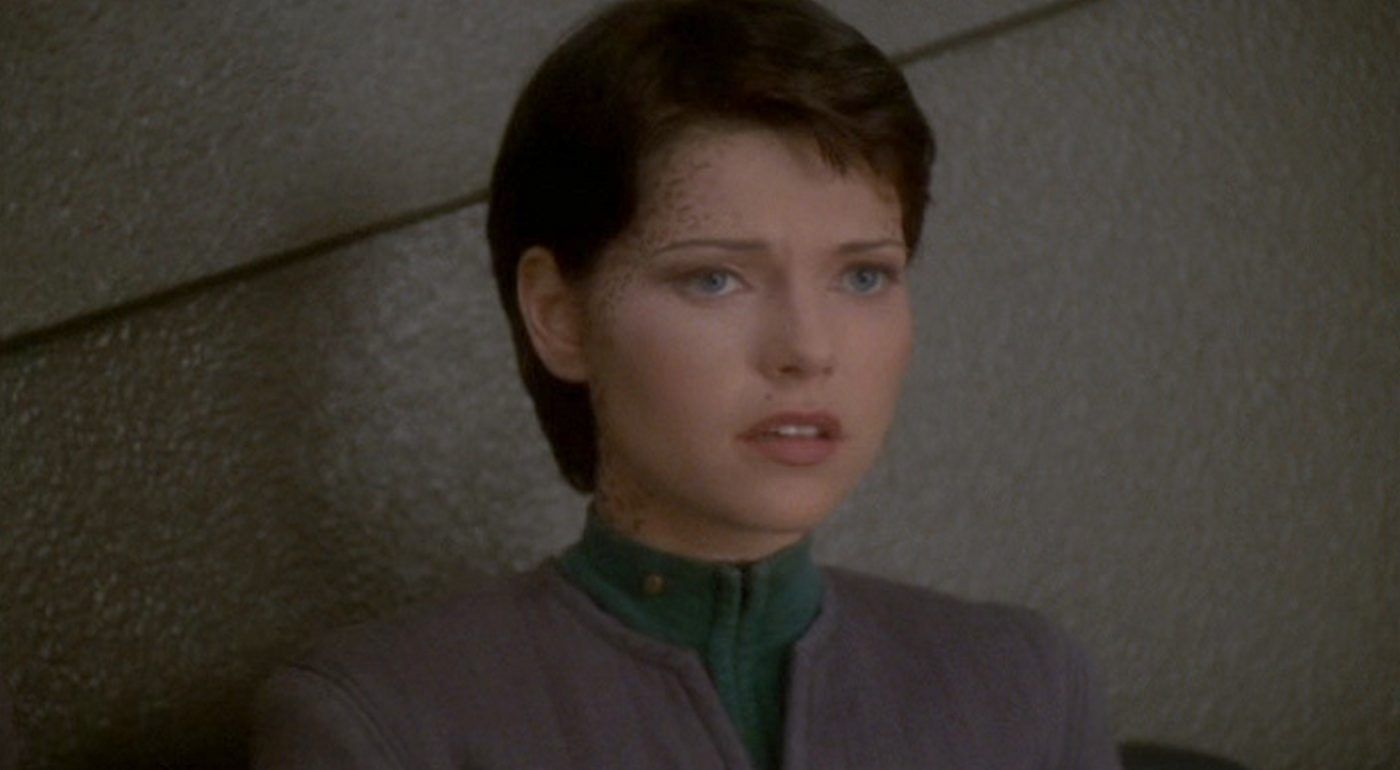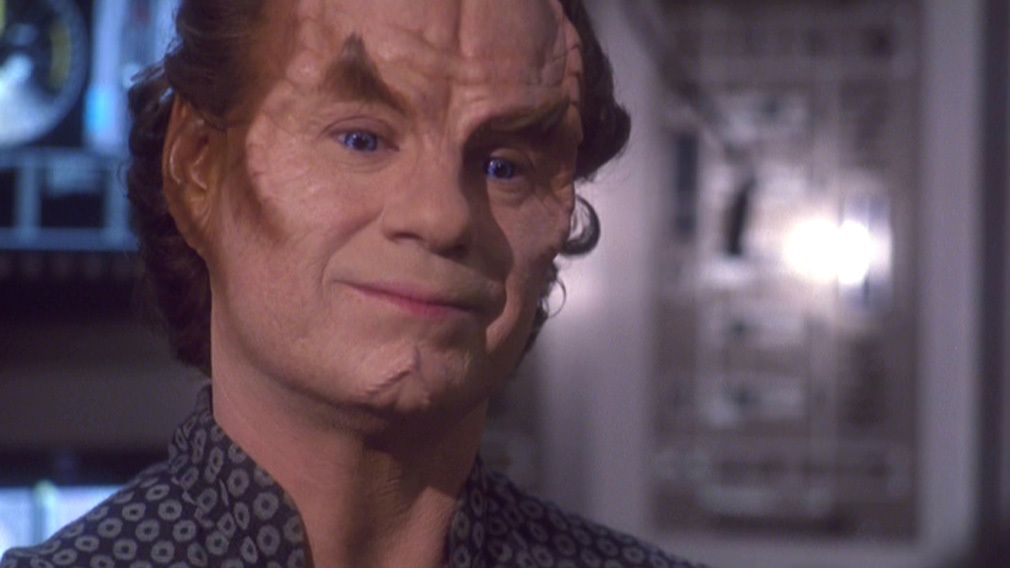Star Trek has been shaping the world of television sci-fi since 1966. Fans have flocked to its optimistic worldview of a Utopian universe and its fascinating characters, aliens, and stories.
Whether someone is Team Kirk or Team Picard or love a different captain, Star Trek's influence is undeniable.
Recently, Star Trek: Discovery and a new Star Trek movie franchise have re-vitalized the universe. Star Trek fans have new works to look forward to once again. It's a great joy to see Vulcans, humans, Klingons, and more all together on big and small screens again.
However, looking back, not everything was perfect. The Star Trek franchises had their fair amount of complications and flaws - particularly in certain characters.
While the different series excelled at showing off the wonders of the universe, the pilots of these adventures weren't always as wonderful.
On the flip side, though, some characters made the experience far better than fans ever thought possible.
Today, we glance back at those finished series and the various characters that make or break the best parts of the franchise. They span across various series, stories, and even timelines. No matter a fan's preferred Star Trek story, each series had their victories and their failures.
With that said, here are the 10 Character Additions That Hurt Star Trek (And 15 That Saved It).
Hurt: Wesley Crusher (TNG)
No bad character list is ever complete without Wesley Crusher, resident boy genius of Star Trek: The Next Generation.
However, Crusher isn't so terrible in concept. He's just a dorky, painfully precocious kid on a starship. It's the fact writers turned him into a near-god that's the problem.
In the series, Wesley is warped from "smart kid" to "human evolutional prophet" real quick.
Almost all of his personal arcs either involve the loss of his father or his superhuman abilities.
Having a story heavily pitch his genius right at the face all of the time is exhausting, and understandably wore fans out.
Instead of being a unique perspective on adolescence, he turned into an annoyance that hurt TNG.
Saved: Data (TNG)
TNG, however beloved, often had a bad habit of being a bit cheesy and having some odd plots. One of its best redeeming qualities, though, was the android named Data.
His endearing "Pinocchio but in space" life arc was one of the most humanizing parts of the show.
Data was a character who knew what he was, but also desperately wanted to be more than that.
He tries to make art, create music, and he even owns a cat all for the sake of trying to figure out how to become more than what he was made to be.
Data is easily the sweetest and best part of the entire Star Trek universe.
Saved: James T. Kirk (OS)
While William Shatner might win awards for hammiest acting, his character of James Tiberius Kirk changed the world.
Gene Rodenberry, creator and imagineer of all things Star Trek, struggled to get the pilot for his dream series picked up.
It was supposed to be the saga of a futuristic starship exploring the universe and its many wonders. However, his original captain for Enterprise, Captain Pike (a pragmatic, curious man), failed to excite networks.
Then, after some rewrites and recastings, a new captain was created - James Kirk, a ladies man, action hero, and spirited leader.
Kirk's wild ways pitted up against his voice of reason, Commander Spock, changed the series forever - and, of course, very literally saved Star Trek.
Hurt: Hoshi Sato (ENT)
Star Trek has had many different series (six in total), but one of the show-runnings that left fans most divided was Enterprise.
Enterprise followed the original Enterprise, the first deep-space exploration vessel in history.
One character that particularly frustrated fans was Hoshi Sato.
Sato was on Enterprise as a translator. By this time, the Federation had yet to develop their iconic universal translators.
While a clever concept, the role of translator left Sato pigeon-holed into boring personal arcs.
The series often pretended that she didn't have the same basic combat and survival trainings as other Star Fleet members and had her struggle with getting scared of hostile aliens, for example.
Her character left fans uninterested.
Saved: Elim Garak (DS9)
Deep Space Nine was one of Star Trek's most well-received, yet also dark, series. Most series were chronically optimistic, but DS9 lived in a spiritual, territorial, and complicated world of tension over Bajor.
Amidst all of this darker content, the series was smart to add some pleasant characters, including Elim Garak, the mysterious and funny tailor of the space station.
Garak not only alleviated some of that serious tension, but he also served as the anti-thesis of the series' anti-Cardassian message.
DS9 pushed the envelope by creating a very likable character in Garak, a member of the enemy race, and even used him to make the galaxy a better place.
Hurt: Seska (VOY)
Voyager had a lot of troubles, as it was stuck lightyears away from home in the Delta Quadrant. Predictably, not everyone was overjoyed with this development and the fact they were going the Starfleet way about it.
Bajoran engineer Seska was the biggest supporter of this mindset, colluding with the hostile Kazon to gain Delta Quadrant allies by any means necessary. Oh, and she turned out to be Cardassian, not Bajoran.
While her dissent was interesting, her following episodes were exhausting. She wavered between wanting Chakotay and wanting power constantly.
Also, she added unnecessary subplots to the series, only to be taken out before the second season ended.
Her un-interesting drama never needed to exist.
Saved: Worf (TNG and DS9)
Worf, Son of Mogh, is easily one of the most beloved Star Trek characters in existance. He began as a minor character on TNG who rarely got a second glance. He would throw a quip about Klingon culture or tackle a man, and that would be it.
By DS9, Worf was a vital player in two different Star Trek series and had ranked up and grown as a person.
His stoic demeanor paired with his surprisingly soft heart and dry humor made him a fascinating Starfleet officer.
No matter how many times his heart is broken, Worf just keeps on fighting. He's a strong, moral soldier who has made all series that he's in better.
Saved: Kira Nerys (DS9)
In TNG, Ro Laren gave fans their first look at Bajoran culture and their struggles. Major Kira Nerys becomes the ambassador between humanity and Bajor in DS9, and she has the same exciting, interesting characteristics of Ensign Ro and then some.
Kira's fighting spirit and stubbornness become staples of DS9 and also illustrate perfectly how Bajorans have become conditioned to expect the worst from outsiders.
Major Kira quite literally grew up in a war, after all, along with many other Bajorans.
Kira Nerys is outspoken, troubled, fun, and a vital crew member of Deep Space Nine.
Her unique perspective on the Cardassian situation only makes the show all the better.
Hurt: Janice Rand (OS)
Star Trek didn't start off very kind to its female characters. One of the greatest examples of this is Yeoman Janice Rand, Captain Kirk's secretary.
While being someone's personal assistant isn't a terrible job, the way Star Trek does it is hardly admirable.
Janice quickly devolved into the pretty girl by Kirk's side, as her character was often used as a damsel in distress or an object of affection. She's diluted into a plot device with a pretty face.
Janice set an awful precedent for women in starfleet, though it was hardly her own fault.
Saved: Katherine Janeway (VOY)
In Voyager, the illustrious leader is none other than Captain Katherine Janeway. Janeway is the first female main character to be a Captain and takes a much more authoritative role than any other Star Trek woman before her.
While Dr. Crusher was Commander rank and unafraid to stand up to her captain, and Uhura balanced strength and beauty perfectly, Janeway was in a league of her own.
Katherine Janeway is dedicated, brave, and an admirable force to be reckoned with.
After all, not only does she pilot a ship of desperate castaways, but she also goes toe to toe with several terrible villains, such as the Borg Queen.
Hurt: Miles O'Brien (TNG and DS9)
Miles O'Brien isn't bad as a character - in facct, he's far from it. Fans adore the angry engineer, but don't tell the writers that.
The problem with Chief O'Brien isn't him, it's that the writers really, really try to make him as miserable as possible.
In TNG, O'Brien has to deal with war trauma, his wife nearly leaving him at the altar, missing his daughter's birth, and taking his own wife and daughter hostage while possessed.
In DS9, he's arrested, he's given a prison sentence of 20 years that actually just ended up being a simulation, his daughter is lost to time, and more.
It's almost as if the writers enjoy tormenting the man, and it's exhausting.
Saved: Leanoard McCoy (OS)
If Spock is Kirk's voice of reason, McCoy is his straight man. Doctor McCoy is quick to point out when things are ludicrous or when Kirk is trying to execute wild plans. He's unafraid to stand up to the captain, regardless of how he commands the room.
However, McCoy also plays well off of Spock, epitomizing the human struggle with understanding different people.
Though he's critical and judgmental, the good doctor does hold a high level of respect for the Vulcan. It creates for a dynamic trio that holds the original series together.
Kirk is brave, Spock is logical, and McCoy is the voice wondering how it all fits together.
Saved: Gul Dukat (DS9)
Star Trek, however beloved, does struggle in creating memorable villains. Only a few have impressed fans: Khan, the Borg, Lore, the Duras Sisters.
However, even these have only passed in and out of Star Trek's stories, only having a few episodes each.
Gul Dukat, however, appears in 35 episodes of DS9 and is one of the most persistent and effective villains.
Dukat is so effective and recurrent because of his fully-fleshed characterization and his dedication to his personal principles.
These principles lead Dukat to be against and in league with DS9 at various times throughout its run.
Having such a strong villain only enhances the Star Trek universe to feel as intense and fascinating as possible.
Hurt: Katherine Pulaski (TNG)
Doctor Pulaski was doomed to fail. Oddly enough, her character alone was an interesting, no-nonsense doctor with a lot of interesting backstory.
However, it was the situation that ruined it.
She replaced the well-liked Beverly Crusher as ship's doctor and wasn't very kind to a fan-favorite character. TNG writers tried to recreate the McCoy/Spock dynamic of the original series with her and Data, but utterly failed.
Instead of needling each other, Pulaski attacked Data's humanity and ability to think for himself, while Data innocently took her insults. It was like kicking a kitten.
On another ship, interacting with other people, Pulaski could have been brilliant. However, the Enterprise-D fit her poorly.
Saved: Seven of Nine (VOY)
The Borg are a fan-favorite race of villains that Star Trek fans have marveled since their first appearance in TNG.
The franchise played with the tortured humanity of some of the Borg, with Hugh particularly. However, the series never took a longer look at the complexities of what being a Borg does to someone.
Cue Voyager and their relationship with the Borg.
In one mission, they bring back Seven of Nine, a Borg female, and help reverse her Borg programming.
Through her, fans got a unique perspective on what it means to be brainwashed, to rediscover humanity, and how to find a place between human and machine.
Hurt: Kai Winn Adami (DS9)
DS9 included religion into many of its main storylines, something quite unique in the Star Trek universe. Bajor was such a religious planet, however, that it was unavoidable.
Like most religions, though, not every believer is a sweet, kind-hearted soul.
All bad things about religion festered in Kai Winn Adami, a power-hungry leader of the Bajoran religion.
Adami disliked the Federations presence. Few believed in the Bajoran religion so she assumed that they were without souls.
She was willing to plot and blackmail to assure her own power. She's even easily tricked into helping enemies because she wanted to be her religion's greatest hero.
While complex, she certainly didn't do DS9 any favors with her antics.
Saved: The Doctor (VOY)
Voyager had a bumpy beginning, starting off millions of miles away from the Federation loved by Star Trek fans.
One of the most fascinating choices was that, instead of a full-time medical officer, the ship only was equipped with an emergency holographic program. Now, so far away, they have no choice but to have him become part of the crew and become their primary doctor.
The Doctor is snarky, complicated, and the captain of pessimism on the ship. After all, the crew has to be optimistic to not wallow in despair about their situation.
So, instead, Voyager has its doubts literally confined to one room.
It's funny, clever, and the Doctor is a joy to watch.
Saved: Jadzia Dax (DS9)
TNG introduced the Trill, but they made their big splash in DS9. Science officer Jadzia Dax brought the lifestyle and culture of the Trill to the main cast.
She had knowledge of her life as Jadzia, a sassy scientist, but also she remembered being Curzon, the mentor and friend of the Klingons, and many other hosts to her Dax symbiote.
Her perspective was unique, fun, and gave the show new variety in alien culture. Jadzia also romanced fan-favorite Worf, being the first woman to marry him.
Her free spirit was a welcome addition in the commonly regulation-heavy Starfleet machine.
Despite her untimely passing, she made everything more interesting.
Hurt: Ezri Dax (DS9)
Ezri Dax as a character isn't the problem. She was a fascinating new host for the Dax symbiote, being a much softer, thoughtful host than Jadzia.
It was a fascinating contrast, and during the time fans had with her, she had a lot of interesting conflicts.
The issue itself is the short time with her. Ezri was only around for the final season of DS9, which had to cover an entire war.
Though she was interesting, there was little time for character development.
With more time, Ezri could have been a fantastic character. Possibly just as much as, if not better, than Jadzia was.
However, her lack of screen time hurt the series instead.
Saved: Phlox (ENT)
Enterprise had a lot of issues, despite the cult following it currently has among the Star Trek community. Unanimously, though, one of the best points of the series was Doctor Phlox.
He was a Denobulan who lived a very full life before he even stepped foot on the starship.
Phlox had three wives, five children, and has achieved several scientific medical degrees.
It's not just his pedigree that endears fans, though. Phlox is curious, wise, and innovative. As a scientist, he made a lot of advancements and truly exemplified the wonder of space and exploration.
Phlox helped save Enterprise from early cancellation.

